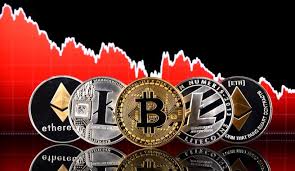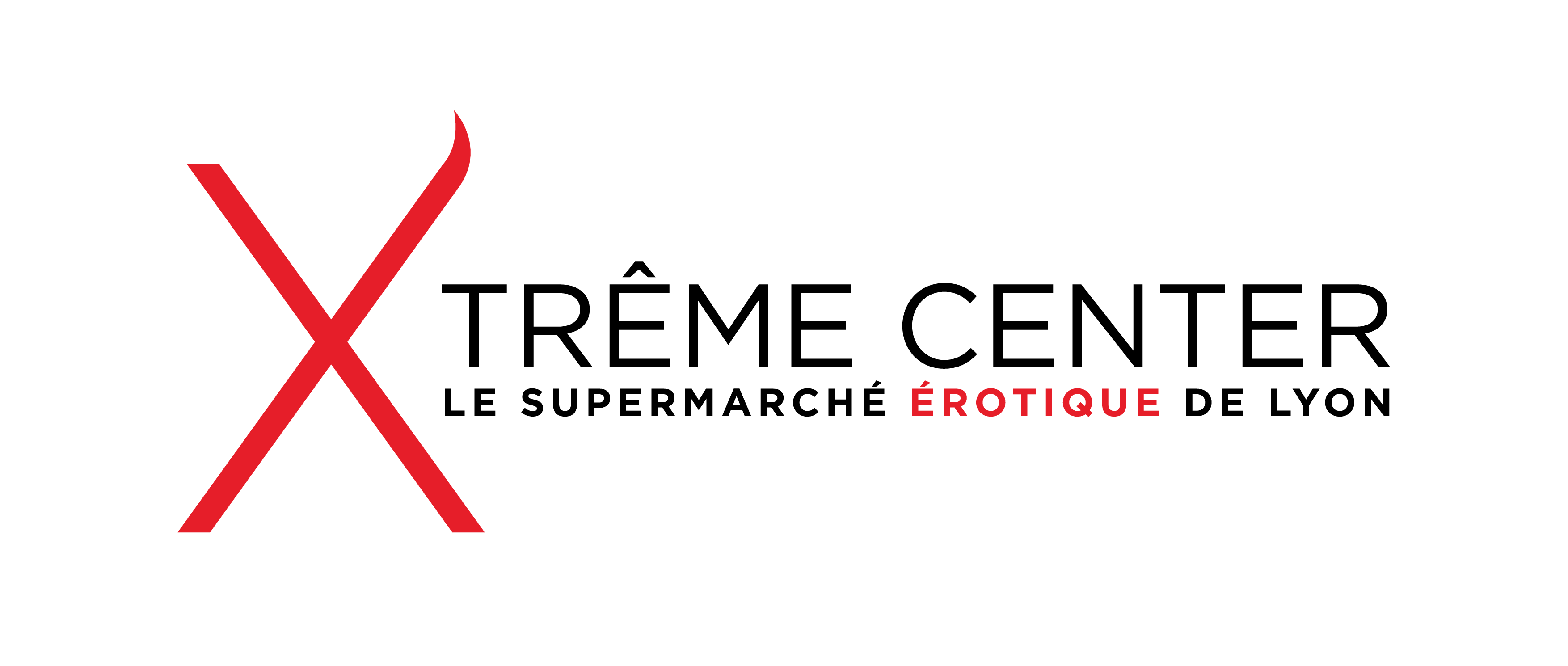Understanding the Dynamics of Crypto Trading Open Interest

Understanding the Dynamics of Crypto Trading Open Interest
Open Interest (OI) is a fundamental concept in the world of derivatives trading, covering various asset classes, including cryptocurrencies. In the rapidly evolving landscape of crypto trading, Open Interest acts as an important indicator of market sentiment and liquidity. Open Interest is defined as the total number of outstanding derivative contracts, such as options and futures, that have not yet been settled. It provides insight into the overall activity and liquidity of the market.
For more in-depth information about trading, Crypto Trading Open Interest click here, to explore further resources.
The Role of Open Interest in Crypto Trading
In cryptocurrency markets, Open Interest serves several important functions. First and foremost, it is a measure of liquidity. High Open Interest indicates that a large number of positions are held in the market, which typically leads to tighter spreads and better prices for traders. Conversely, low Open Interest can indicate a lack of interest in a particular contract, leading to wider spreads and difficulty in entering or exiting trades.
Additionally, Open Interest provides valuable insights into market sentiment. An increase in Open Interest can suggest that new money is entering the market, which can be a bullish signal. On the other hand, a decline in Open Interest may indicate that traders are closing their positions and that the momentum might be weakening.
How to Analyze Open Interest
Analyzing Open Interest involves looking at it in conjunction with price movements and trading volume. For example:
- Increasing Open Interest with Rising Prices: This scenario typically indicates that bulls are in control, suggesting a strong uptrend.
- Increasing Open Interest with Falling Prices: This condition can indicate that bears are gaining momentum, possibly hinting at a bearish trend.
- Decreasing Open Interest with Rising Prices: This may suggest that the uptrend is losing strength as traders close their positions.
- Decreasing Open Interest with Falling Prices: This pattern often signifies a market bottom, as traders exit losing positions.
Impact of Open Interest on Market Movements
Understanding the relationship between Open Interest and market movements can significantly aid traders in forming their strategies. A high Open Interest often correlates with major price movements in the underlying asset. When speculators have large amounts of money tied up in futures contracts, even slight changes in price can lead to substantial liquidation, causing further price swings.

Furthermore, major news events or regulatory announcements can drastically alter Open Interest levels. For instance, positive developments like institutional investments in crypto can draw new investors, leading to an increase in Open Interest. Conversely, negative news, such as regulatory crackdowns, can prompt traders to liquidate their positions, resulting in decreasing Open Interest.
Limitations of Open Interest Analysis
While Open Interest can provide valuable insights, it’s essential to note its limitations. Open Interest alone cannot provide a complete picture of market conditions. It should always be considered in conjunction with other indicators, such as volume, price action, and broader market trends.
Additionally, Open Interest data can be manipulated, particularly in less mature markets. Traders may initiate and close positions purposely to create misleading signals concerning market strength or weakness. Therefore, utilizing Open Interest as a singular measure without corroborating data can lead to erroneous conclusions.
Strategies Incorporating Open Interest
Many traders employ strategies that rely on Open Interest to make informed trading decisions. Here are a few common approaches:
- Trend Confirmation: Traders often look for confirmation of market trends through Open Interest. For example, increased OI alongside price increases can be interpreted as confirmation of a bullish trend.
- Identifying Reversals: A significant drop in Open Interest can indicate that existing positions are being closed. If this coincides with price drops, traders might consider this a signal of potential reversal points.
- Setting Stop Losses: By understanding Open Interest levels, traders can place stop losses strategically. They may place stops below significant levels of Open Interest to avoid getting caught in trades during abrupt market changes.
Conclusion
Open Interest is a pivotal metric in the domain of crypto trading that encapsulates the overall health of the market. By analyzing Open Interest in conjunction with other technical indicators, traders can gain insightful perspectives on market sentiment, liquidity, and potential price movements. Understanding how Open Interest behaves can help traders navigate the complexities of crypto derivatives trading and enhance their decision-making processes.
As the cryptocurrency market continues to mature, comprehending indicators like Open Interest becomes increasingly vital for both novice and experienced traders. Utilizing Open Interest analysis effectively can significantly elevate the probability of making successful trades in the volatile crypto marketplace.



Commentaires récents